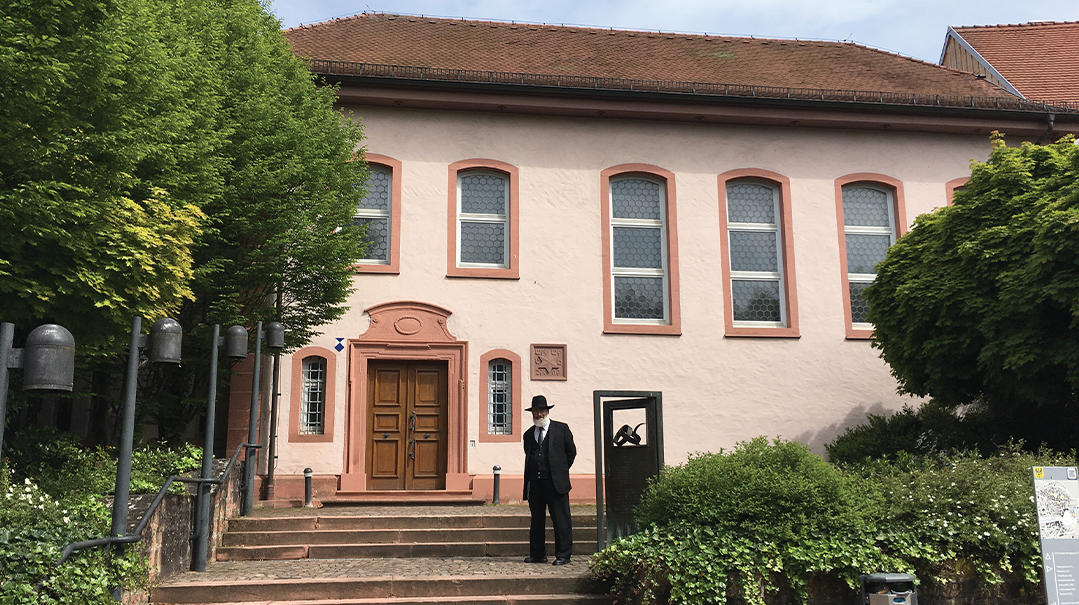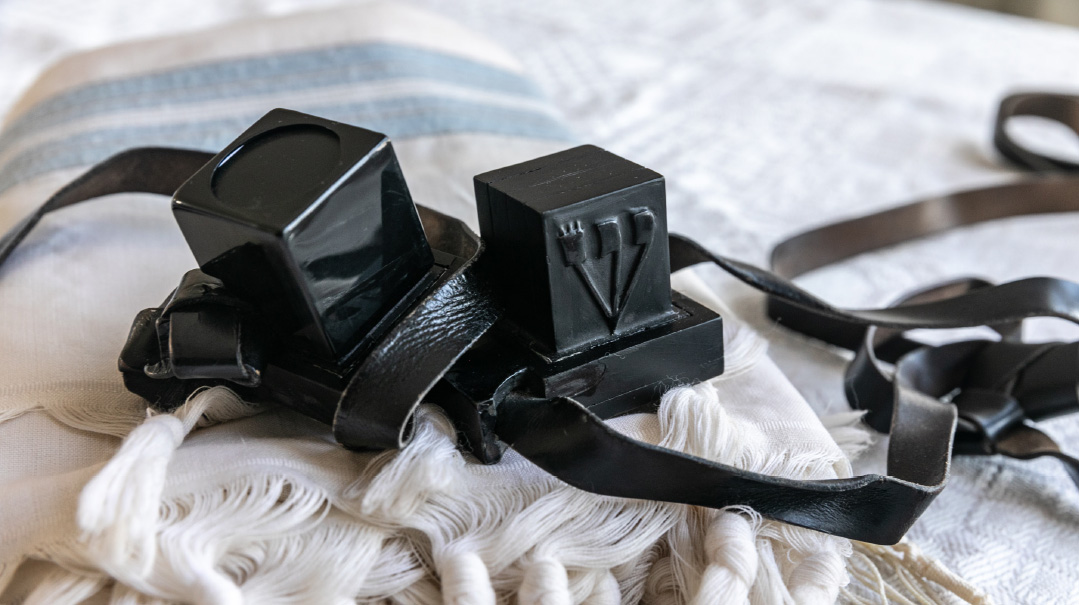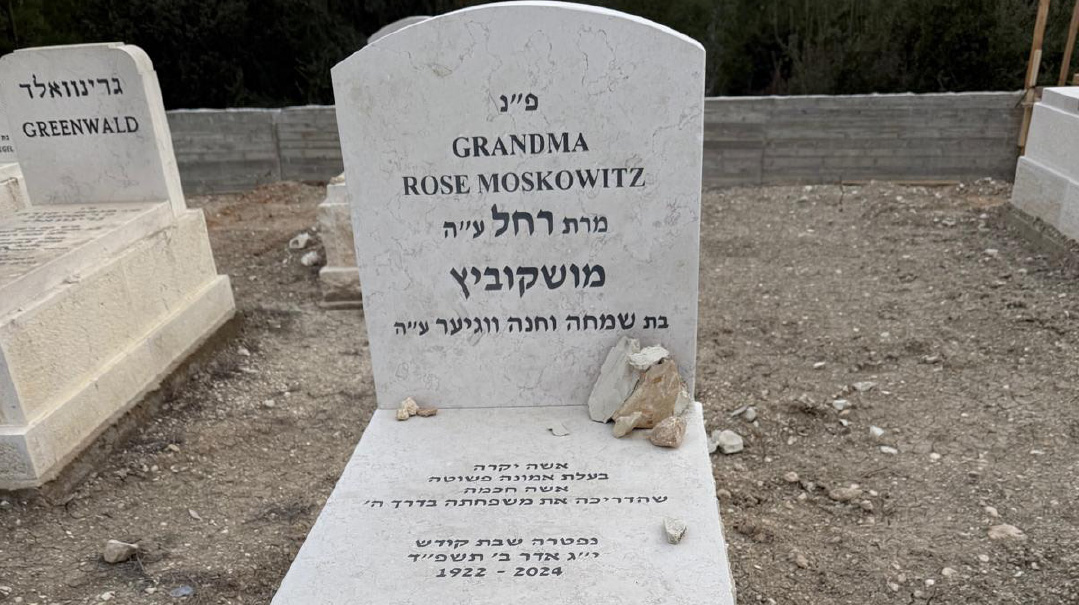A Journey of Discovery

Previously just an archival list, the names now came alive as real people who were talmidei chachamim and yirei Shamayim

I
t began almost 16 years ago after my dear grandfather, Mr. Leslie (Levi) Fordsham z”l, passed away. Two ancient-looking handwritten notes were found among his papers — inscriptions of three matzeivos.
At that time, my grandfather’s belongings had to be packed away, and the apartment vacated, so time did not allow for deciphering the handwriting. The notes were put away with other important, genealogical papers. Little did we imagine this would be the beginning of a fascinating historical journey.
For a number of years, Mr. Simha Fordsham had been researching our Forchheimer and Oppenheimer roots. He believes it was Hashgachah pratis that led him, several months later, to embark upon an exploration of the unusual name Lismann, the first name of his great-great-grandfather, Lismann Emanuel Oppenheimer (1814–1891), which appeared both as a first and last name on the family tree.
While researching this unusual name, my father came across someone else conducting research into the Lismann family. Mrs. Marion Davies sent my father a family tree with many similarities to ours. The first recorded name, appearing ten generations back on her family tree, was Klonimous, while on ours it was Kallmann.
Once Mrs. Davies was convinced that we were also Lismann descendants, she was happy to share all her information with us, and what a treasure trove it was! Previously just an archival list, the names now came alive as real people who were talmidei chachamim and yirei Shamayim. Among them shone the saintly Rav Lismann, the grandson of Klonimous/Kallmann.
Only then did we realize that one of the ancient inscriptions we had found among my grandfather’s papers was that of the matzeivah of Rav Lismann. The other two were the matzeivos of his wife, Olga/Olk, and his eldest son, Avraham.
The material Mrs. Davies sent us was gathered from several sources:
- The story of the Lismann family, written by Rabbi Willi Lang, the last teacher of Jewish studies in the town of Gelnhausen, near Frankfurt, Germany, before the Nazis expelled all the Jewish residents. A young man in 1934, Willi Lang would become Rabbi Zeev Lang, a noted maggid shiur at Yeshivas Kol Torah in Jerusalem. His report included a list of all the family graves in the local cemetery, and the inscriptions from the shul Memorbuch.
- The precious memoirs of Rav Lismann’s youngest grandchild, Lismann Straus, who describes his grandfather, uncles, and aunts in some detail.
- A document titled “Lismann: History of our family 1700 to 1967,” written by Gerald (formerly Gerhart) Lismann, who emigrated to the US and lived in Richmond, Virginia.
- The extensive research and archives of Dr. Arnold Oppenheimer, who graduated from law school in Germany in 1937. Unable to obtain a position, he emigrated to England, and took with him the historical records of his family. He was the foremost researcher on the Cramer family tree, a great undertaking that produced a binder listing all the descendants of Abraham Cramer. Most families descended from Abraham Cramer have a copy of this magnum opus.
My father told me, “I uncovered a significant detail, that all four surviving children of Abraham Cramer married grandchildren of Avraham Lismann, which makes all Abraham Cramer descendants also descendants of Rav Lismann.” Like my father, who until this journey began, had no knowledge of Rav Lismann, it is most likely that today, very few Lismann descendants know of him.
Oops! We could not locate your form.











